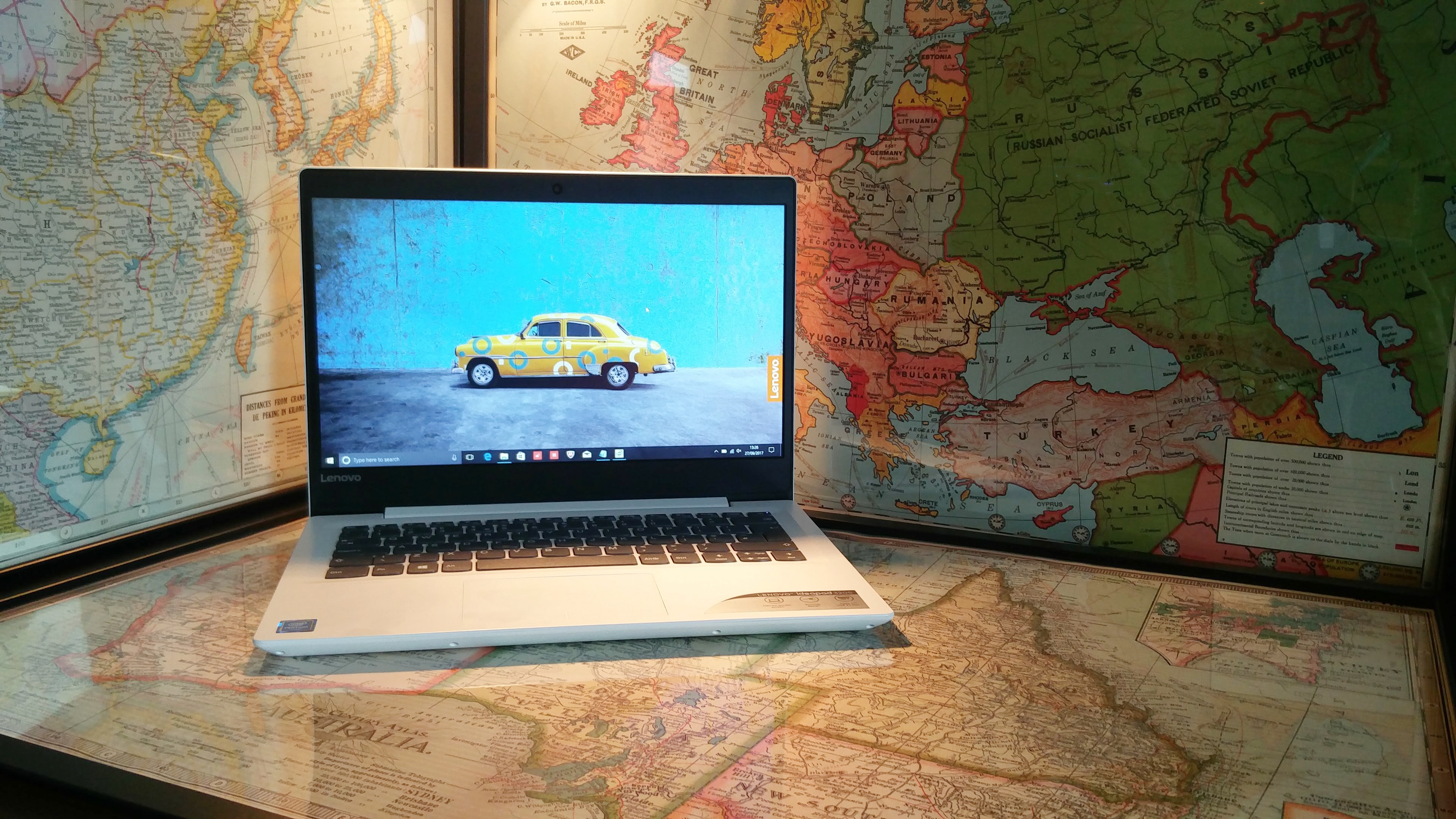TechRadar Verdict
A package of budget components packed in a decidedly non-budget shell – but the whole can't quite cut it.
Pros
- +
Great looking chassis
- +
Decent Pentium performance
- +
Nice price
Cons
- -
Poor TN screen
- -
Limited storage space
- -
Disappointing battery life
Why you can trust TechRadar
As the Lenovo IdeaPad 320S shows, you can safely choose a more affordable 'budget' variant of a more expensive device without having to compromise too much when it comes to performance. Since its launch, the IdeaPad 320S has had a number of price cuts, and it now represents even greater value for money.
It even gives a more compelling reason to ask why invest close to a grand on the Lenovo IdeaPad 720S when you could have its (slightly larger) little brother, the excellent Lenovo IdeaPad 320S? It offers plenty of features and very good performance for an excellent price - especially if you find it in the Boxing Day sales.
Yes, if you want the power to wrestle polygons you're better off looking elsewhere – the Medion Erazer X6603 (also, sort of, a Lenovo product) is a solid gaming laptop at a decent price – but could this cut price PC, with its paltry Pentium processor, actually have what it takes?
Here is the Lenovo IdeaPad 320S-14IKB configuration sent to TechRadar for review:
CPU: 2.3GHz Intel Pentium Gold 4415U (Dual-core, 2MB cache)
Graphics: Intel HD Graphics 610
RAM: 4GB DDR4 SDRAM (2133 MHz)
Screen: 14-inch, 1366 x 768 TN
Storage: 128GB SSD
Ports: 1 x USB 3.0, 1 x USB 2.0, 1 x HDMI, 1 x USB Type-C, SD reader, audio multi-jack
Connectivity: Intel Dual Band Wireless AC
Camera: Built-in HD webcam
Weight: 3.75 pounds (1.7kg)
Size: 15.35 x 10.47 x 0.78 inches (32.7 x 23.6 x 1.9 mm; W x D x H)
Price and availability
As mentioned, we're testing the Pentium flavour of the IdeaPad 320S 14-IKB here – it's also available with a beefier Core i3, a Core i5 and, proving the versatility of its chassis, a full-on Core i7 with FHD screen.
While the MSRP of the Pentium model is a reasonably high £399.99 (around $550, AU$700), you can find it for £50 less – if you don't, there's little benefit to buying the Pentium model over the already-discounted Core i3 flavour of the same machine, which is the same price at press time.
We've been unable to find any evidence of this Pentium model being sold anywhere other than through certain UK retail stores, though its Core i3-7100U cousin (with otherwise identical specifications) is available for an MSRP of £479/$479/AU$649.

Design
You don't usually expect a budget machine to look any good. Spend under £400/$600/AU$700 and you'd traditionally be dragging a silvery paving slab out of your bag, a thick, chunky, ugly beacon, shouting to all around that you're a cheapskate with poor taste in computers.
Sign up for breaking news, reviews, opinion, top tech deals, and more.
Not so with the IdeaPad 320s, which shares the same slim, curvy chassis throughout its line. It's really rather nice. Were it not for the holographic blue 'Pentium' sticker on the base, you'd never know this was a budget machine at first glance.
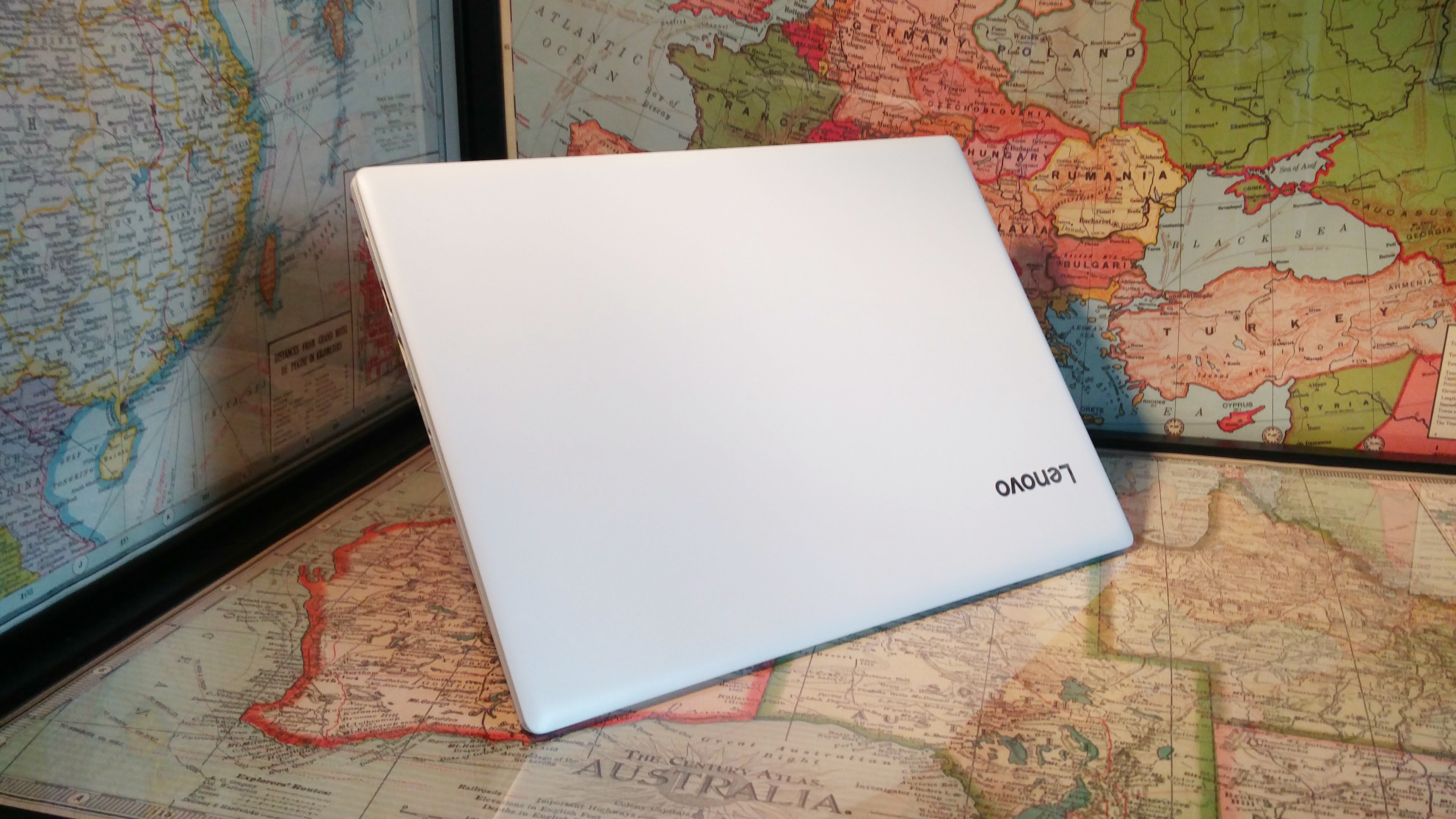
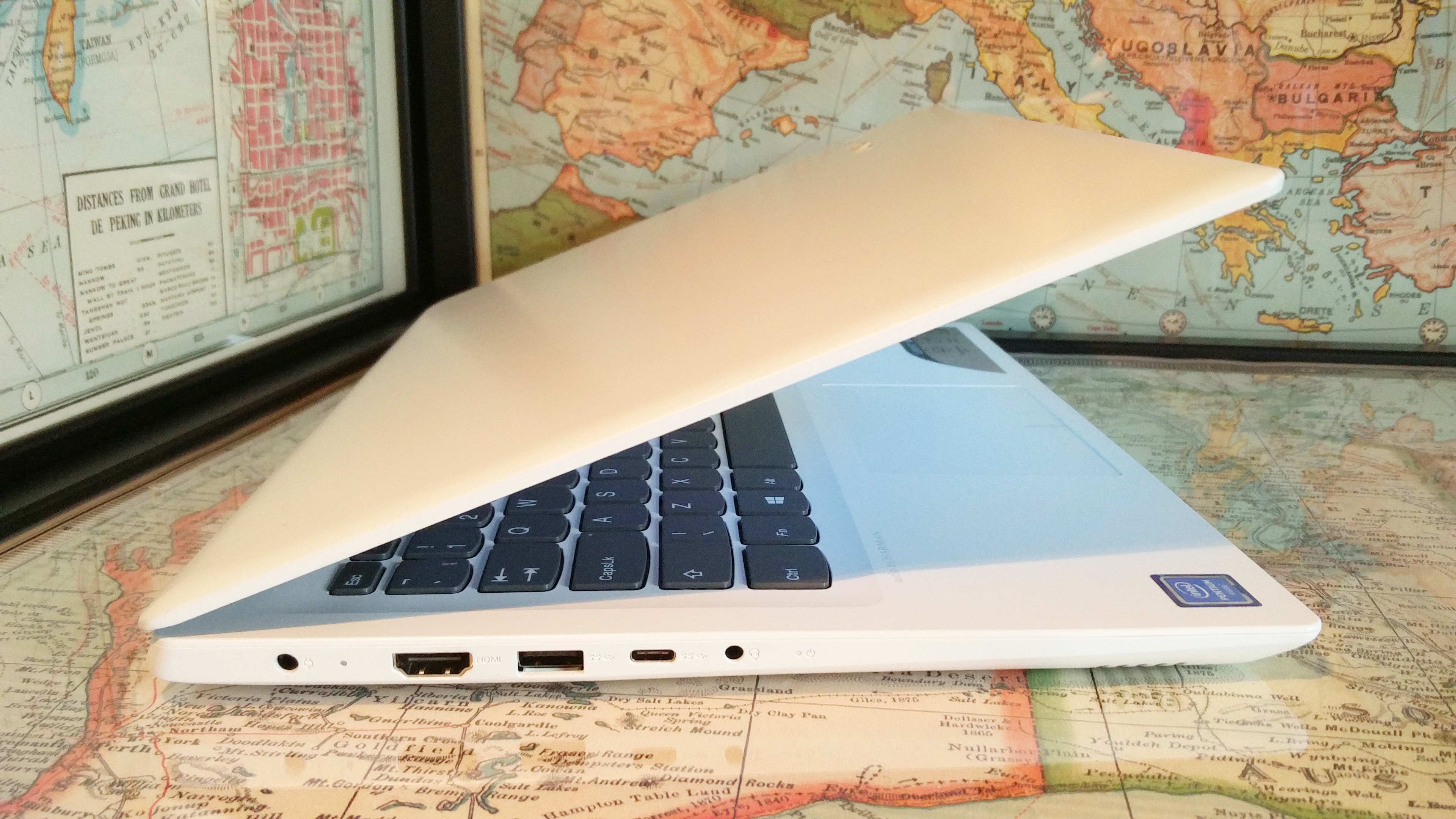
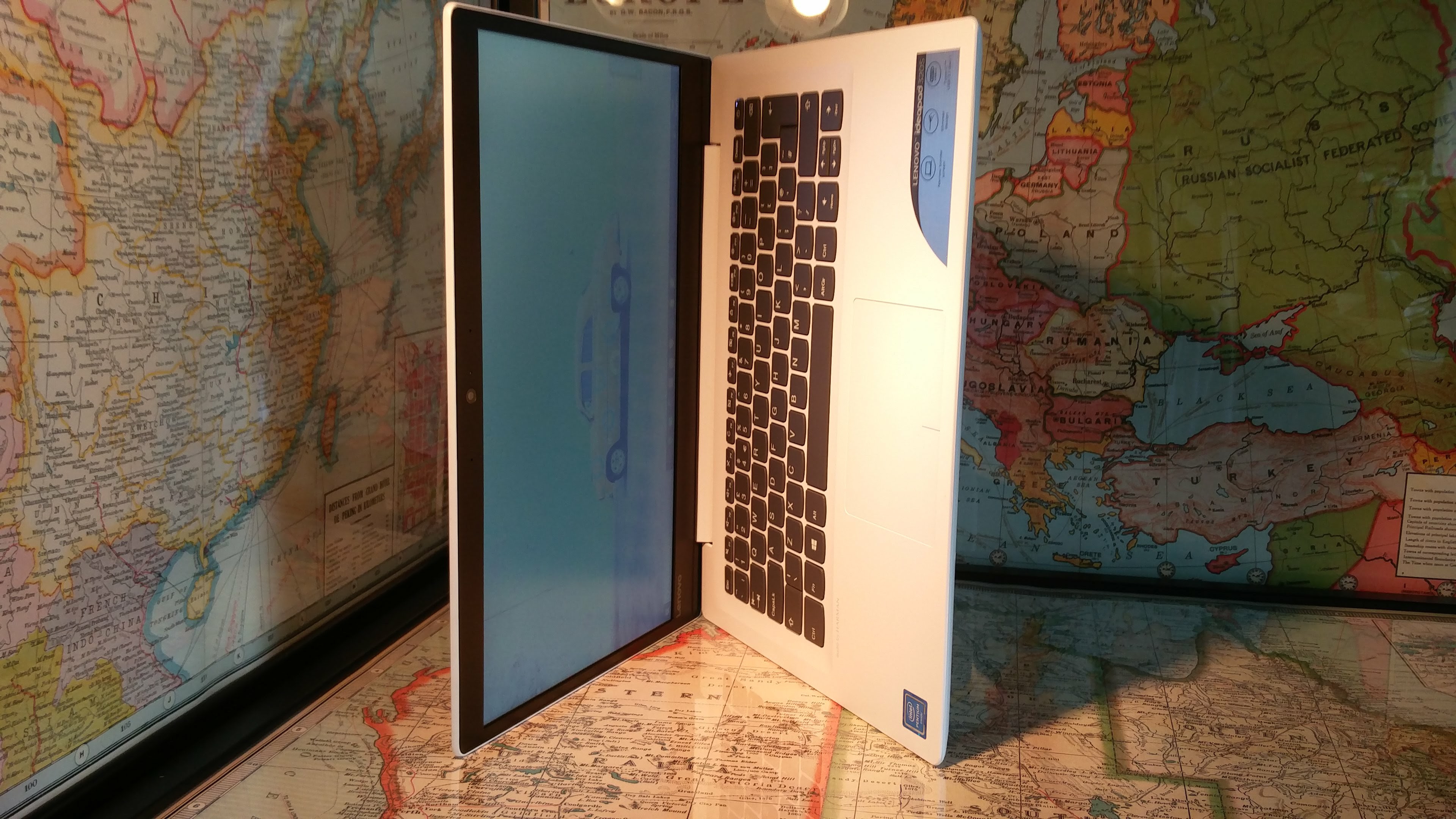
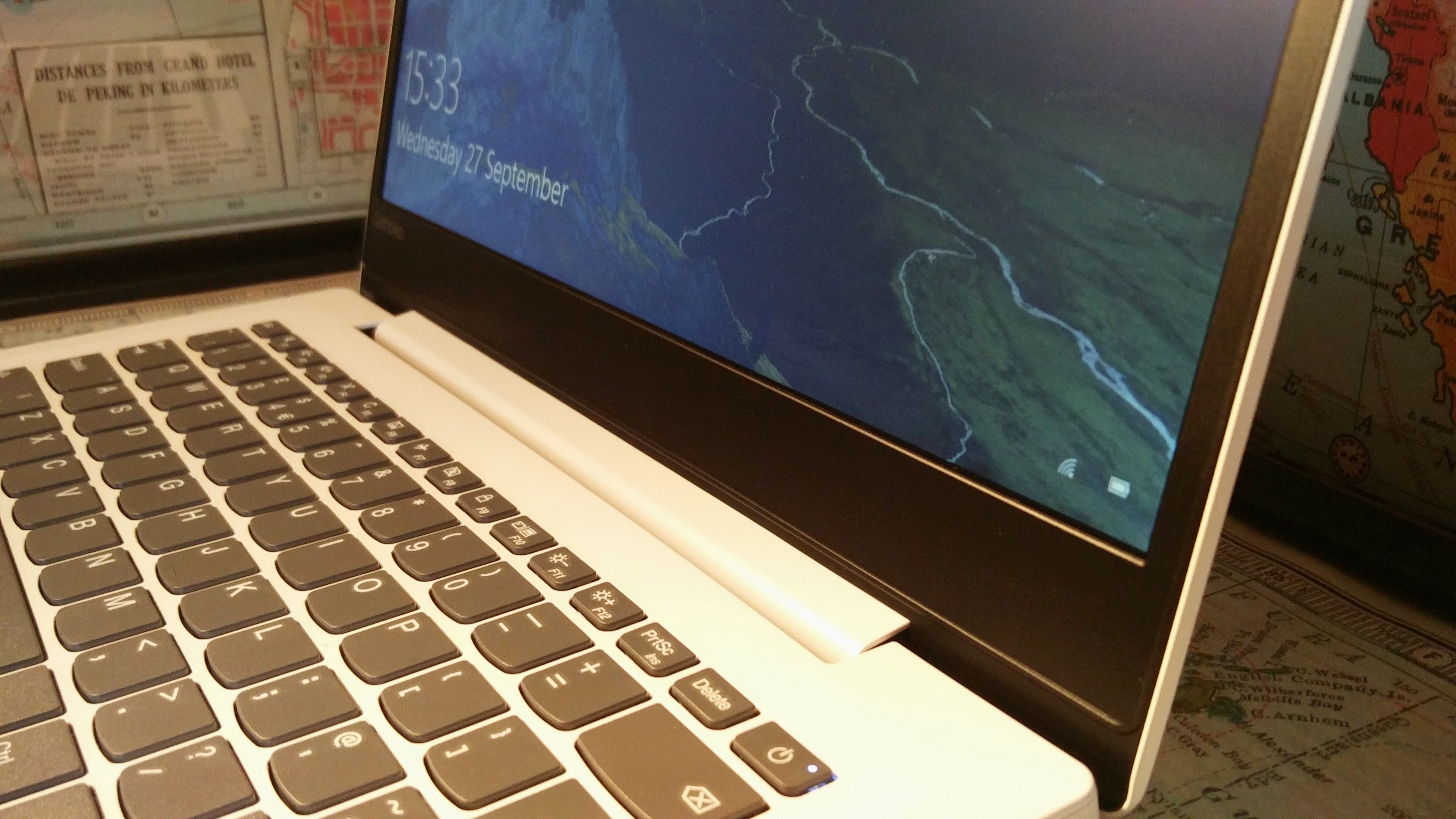

This white version (there's an aluminium version of the same chassis, used in more premium models) does have a few peculiarities to bear in mind. Everything but the aluminium lid is made of plastic, so it'll all-too-easily pick up dirty marks, and there's a certain amount of flex in both the base and the screen, so you'll want to put it in a proper padded case rather than just tossing it in a backpack.

Screen
The low-end IdeaPad 320s-14IKB's biggest sacrifice, and the loudest klaxon announcing its budget nature, is its screen — this is the most bog-standard 1366 x 768 TN panel you're likely to find.
It takes some angling before you'll find a position that doesn't wash out or even invert some of the colors; move your head around and the whole image shimmers. It's not great.
Credit, though, to Lenovo for not adding a glossy material to make it even more difficult to see. The anti-glare coating on the screen really does neuter reflections, making this the ideal sub-HD media machine if you can tilt the screen just right.
